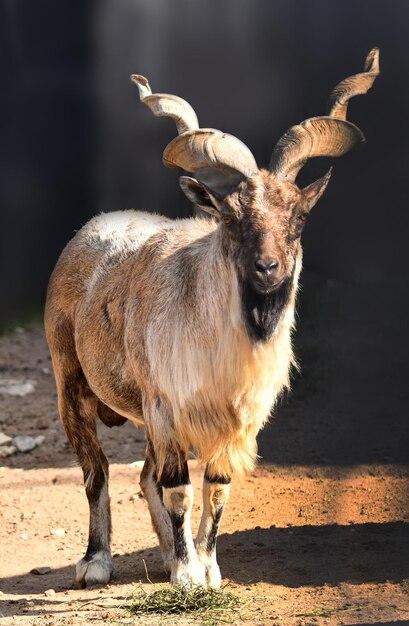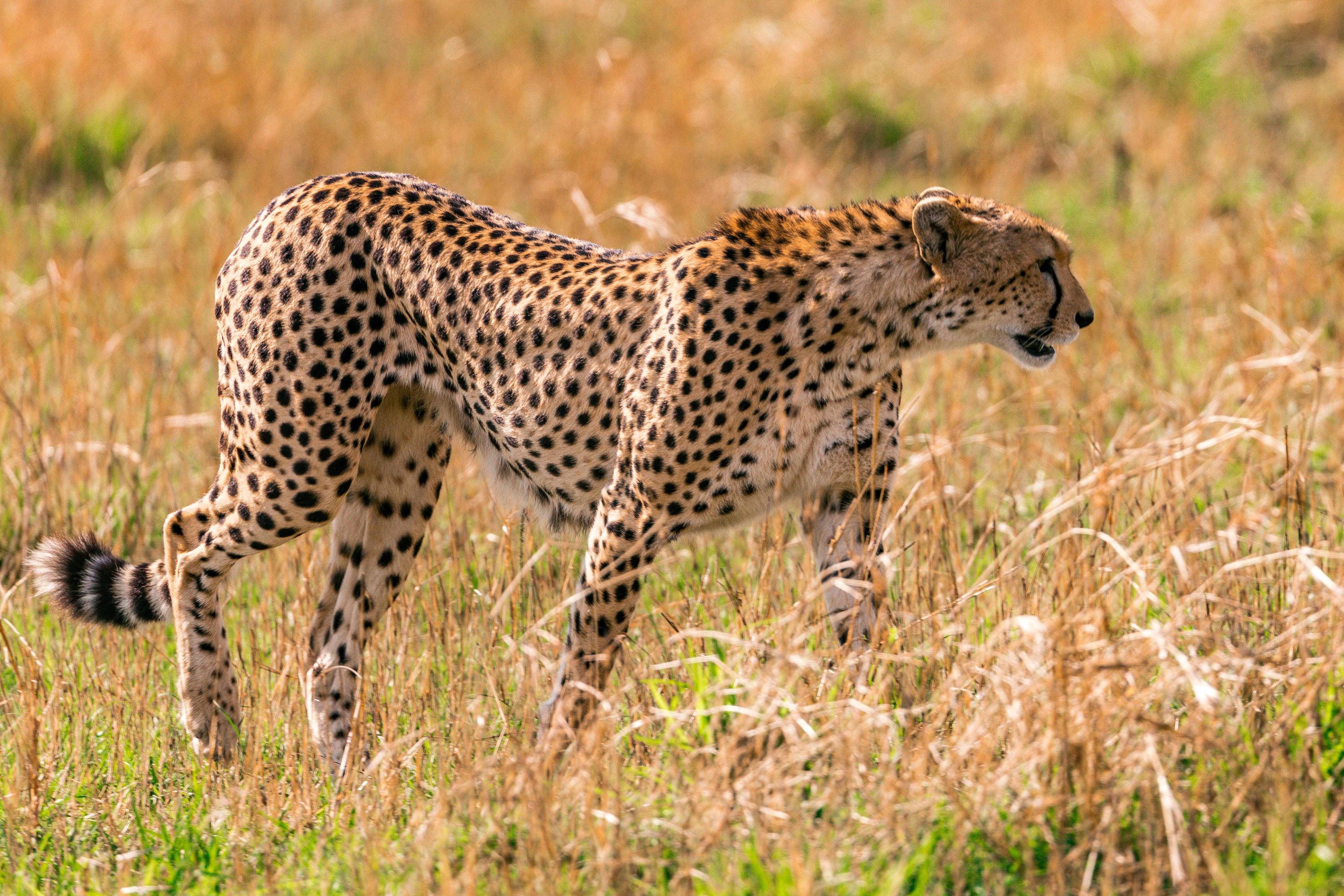Herbivores, such as cows, rabbits, and deer, are fascinating creatures that survive solely on a plant-based diet. But have you ever wondered how they obtain the energy they need to thrive? In this blog post, we will delve into the inner workings of herbivores’ energy acquisition process.
We will explore the ways in which herbivores extract and release energy from the food they consume. From the crucial role of digestion to the importance of certain nutrients, we will uncover the secrets behind the herbivore’s energy equation.
Join us on this journey as we unravel the mystery of how herbivores power their bodies, discover the most important source of their energy, and even draw parallels to our own energy needs. So grab a snack and get ready to explore the fascinating world of herbivore energy!

How Herbivores Get Their Energy?
Herbivores – those leaf-loving, plant-chomping creatures of the animal kingdom – sure know how to pack in the energy without a beefy steak or a crispy bacon strip in sight. You might be wondering, “How do these green-guzzling critters get their energy?” Well, my curious friends, wonder no more, for I am about to reveal the nature’s own vegetarian power plan.
Grass-Gobbling Marvels
Let’s start with the most iconic herbivores of them all – the majestic, grass-grazing marvels of the savannah. Take the wildebeest, for instance. These ungulates have a knack for munching grass as if it were the tastiest treat in town. As they graze, their teeth work their magic, grinding the vegetation into tiny pieces fit for digestion. But that’s just the beginning!
Gut of Steel
Once the plant material is ingested, it embarks on an adventurous journey through the herbivore’s digestive system. Time to meet the hero of the story – the herbivore’s gut. This impressive apparatus is home to an army of mighty microbes, ready to break down the stubborn plant cell walls and unlock those valuable nutrients.
Fermentation Fiesta
Inside the herbivore’s gut, a fermentation fiesta is underway. Microbes like bacteria and fungi get to work, using their digestive superpowers to break apart complex carbohydrates and convert them into simpler, more digestible forms. It’s like the ultimate plant party happening right in their bellies!
Nutrient Absorption Squad
But what good is all that fermentation without proper absorption? Fear not, for the herbivore’s gut has a nutrient absorption squad on duty. As the broken-down nutrients pass through the digestive tract, they are absorbed into the bloodstream, making their way to every nook and cranny of the herbivore’s body.
Energy Unleashed
Now that the nutrients are on the move, it’s time for them to do their magic. Amino acids from protein-rich plants join forces with the simple sugars derived from carbohydrates to become the building blocks of energy. The herbivore’s body uses this energy for everything from growing strong muscles to exploring the vast grasslands.
The Circle of Energy
As the herbivore munches its way through the foliage, it becomes a vital link in the circle of life. By consuming plants, herbivores convert the sun’s energy, captured through photosynthesis, into their own sustenance. And when they become a tasty meal for a carnivore, that energy continues to flow through the food chain, sustaining the entire ecosystem.
Next time you gaze upon a graceful gazelle or a humble hare, spare a thought for the incredible way these herbivores obtain their energy. Through the power of fermentation, digestion, and nutrient absorption, they show us that you don’t need a side of steak to unlock the true potential of nature’s veggie delights.
So, let’s raise a leafy toast to these energy-seeking herbivores and their impressive culinary skills!

FAQ: How Does a Herbivore Get Its Energy?
How does a herbivore obtain its energy
Herbivores, those leaf-munching creatures of the animal kingdom, have a unique trick up their sleeve for obtaining their energy. They harness the power of plants! These astonishing creatures rely on a diet rich in plant material such as leaves, stems, fruits, and even the occasional flower (tres chic!).
How do herbivores acquire their sustenance
Herbivores channel their inner leaf whisperer and employ a variety of tactics to acquire their sustenance. Some, like the graceful giraffe, use their lanky necks to reach lofty leaves in the treetops. Others, like the cunning cow, graze on grasslands as if they were leisurely enjoying an all-you-can-eat buffet. These resourceful beings have adapted their bodies and behaviors over time to feast on the bountiful plant kingdom.
How is energy released from the herbivore’s food
Once herbivores have consumed their leafy feast, the journey to energy begins! A marvelous process called digestion takes place within their bellies. Enzymes (the unsung heroes of the animal kingdom) help break down the plant material into its essential nutrients, including carbohydrates, proteins, and fats. These nutrients then undergo the mystical process of metabolism, where they are converted into a usable form of energy for our herbivorous friends.
What is the most crucial source of energy for herbivores
Move aside, espresso shots! The real MVP (Most Valuable Plant) when it comes to energy for herbivores is carbohydrates. These marvelous molecules serve as a prominent fuel source for their energy-hungry bodies. Plants provide an abundance of carbohydrates, acting as a natural energy bar that herbivores happily devour to keep them bouncing and prancing through the animal kingdom.
How can I replenish my energy
Ah, weary traveler, if only we could learn the secrets of the herbivore and replenish our energy with such ease! While we humans are not quite as adept at extracting energy from plants, fear not! A balanced diet full of nutrient-rich foods such as fruits, vegetables, whole grains, and lean proteins can help keep your energy levels charged. And hey, a good ol’ power nap can work wonders too!
What is the primary source of energy for herbivores
Hold onto your hats, folks – it’s photosynthesis time! The primary source of energy for herbivores is none other than the energy-packed wonder of the plant world: sunlight! Through the magic of photosynthesis, plants convert sunlight into energy-rich molecules that herbivores ultimately devour. So next time you see a herbivore happily grazing in a sun-dappled meadow, remember to give a nod of appreciation to the Sun for keeping their energy tanks full!
What can I drink to invigorate myself
While herbivores might not frequent the local coffee shop for their morning pick-me-up, we humans have a wide array of tasty options to invigorate ourselves. Water, the elixir of life, should always be your go-to drink for hydration and overall well-being. For an extra energy kick, you can also enjoy a cup of tea or a natural fruit smoothie. Just make sure to skip the added sugars and artificial flavors – your body and taste buds will thank you!
What is the primary source of energy for the human body
Forget about fueling up at the pump, because the human body has a different source of energy altogether. Carbohydrates steal the spotlight once again, acting as the primary source of energy for our amazing human bodies. Whether it’s a slice of bread or a scrumptious pasta dish, carbohydrates provide the fuel we need to stay active, focused, and ready to conquer our day-to-day adventures.
So there you have it, curious minds seeking herbivore energy enlightenment. Herbivores have mastered the art of turning plant power into an energy-driven lifestyle. From their leafy feasts to the wonders of metabolism, they demonstrate that even in the wild animal kingdom, a balanced diet is key. So take a page from the herbivore handbook, fuel up with plant-based goodies, and embrace the natural energy within you!
